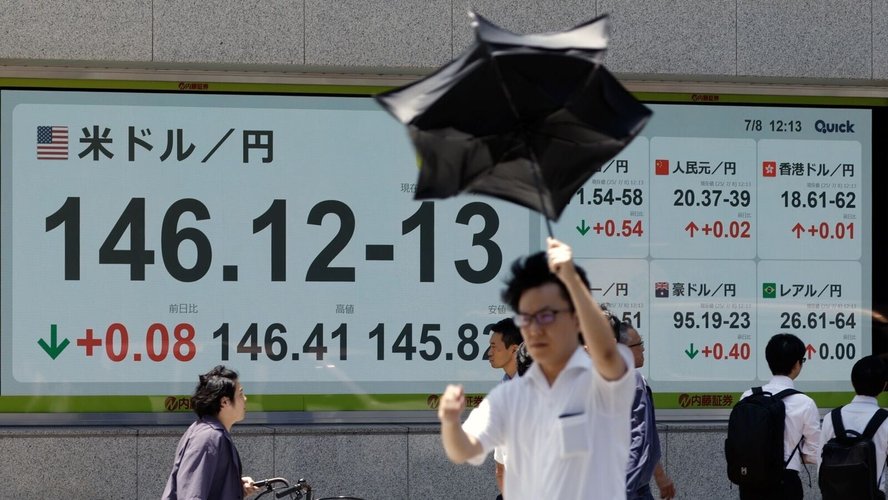Donald Trump's Tariff Blitz: A Timeline of Trade Wars and Economic Uncertainty
This article provides a detailed timeline of the aggressive tariff campaign launched by US President Donald Trump since returning to office in January 2025, highlighting the impact on global financial markets and international trade.

Donald Trump's Tariff Blitz: A Timeline of Trade Wars and Economic Uncertainty
The aggressive and far-reaching tariff campaign launched by US President Donald Trump since January 2025 has jolted global financial markets, strained diplomatic ties, and introduced unprecedented uncertainty into international trade. Beginning just days after his inauguration on 20 January, Trump's 'America First' trade doctrine has targeted a wide array of countries and sectors, from traditional adversaries like China to long-standing allies such as Canada, Mexico, and the European Union.
A Timeline of Donald Trump's Tariff Blitz
- 1 February: Trump imposed 25% tariffs on most Mexican and Canadian imports, and 10% on Chinese goods, citing national concerns over fentanyl trafficking and illegal immigration.
- 3 February: Temporary pause on tariffs for Mexico and Canada for 30 days after border enforcement concessions. China excluded from the deal.
- 7 February: Tariffs on low-value (de minimis) Chinese goods delayed pending further Commerce Department review.
- 10 February: Steel and aluminum import tariffs raised to a flat 25% with no exemptions.
- 3 March: Reinstatement of 25% tariffs on Canada and Mexico, and increase in fentanyl-related tariffs on all Chinese imports to 20%.
- 5-6 March: Delay of new tariffs on some Canadian and Mexican vehicles following discussions with US auto executives. North American Trade Pact goods exempted for a month.
- 26 March: Unveiling of 25% tariff on imported cars and light trucks, deepening tensions with global automakers.
- 2 April: Introduction of a 10% blanket duty on almost all US imports, with higher tariffs on key trade partners.
- 9 April: Temporary exclusion of most country-specific tariffs for 90 days but retention of the 10% universal tariff. Surge in Chinese import duties to 145%, including previous fentanyl-linked tariffs.
- 13 April: US granted temporary exclusions for smartphones, computers, and key electronics, particularly from China.
- 22 April: Launch of national security probes into pharmaceutical and semiconductor imports under Section 232 of the Trade Act, laying the groundwork for further sector-specific tariffs.
- 4 May: Unexpected 100% tariff on all foreign films, prompting industry alarm.
These tariffs have left global markets rattled, with economists warning of potential inflation, supply chain disruptions, and geopolitical rifts. While the White House claims the measures aim to protect American workers and industries, critics argue they risk ushering in a new era of protectionism and instability.